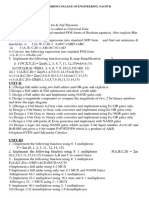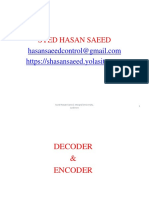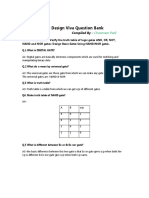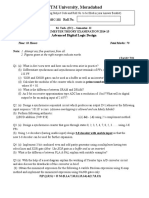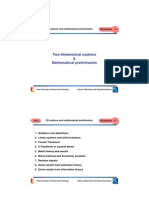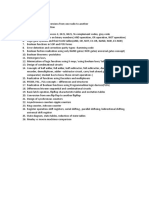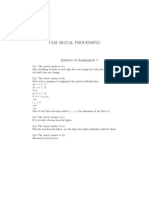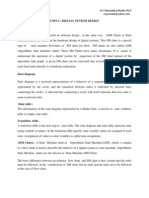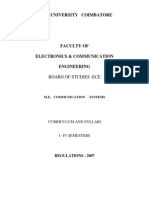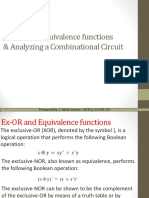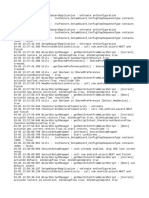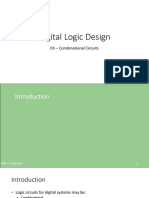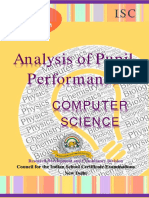0% found this document useful (0 votes)
354 views34 pagesBoolean Functions Minterm Maxterm
Digital Logic Design Chapter 2 discusses Boolean functions. Boolean functions are algebraic expressions consisting of binary variables, binary operators OR and AND, unary operator NOT, and parentheses. A Boolean function can be represented using a truth table with 2n entries where n is the number of variables. Boolean functions can also be implemented using logic gates. The chapter discusses canonical and standard forms such as minterms and maxterms. Minterms are product terms containing all variables, while maxterms are sum terms containing all variables. Boolean functions can be expressed in canonical form as a sum of minterms or product of maxterms.
Uploaded by
Aparna JCopyright
© © All Rights Reserved
We take content rights seriously. If you suspect this is your content, claim it here.
Available Formats
Download as PPT, PDF, TXT or read online on Scribd
0% found this document useful (0 votes)
354 views34 pagesBoolean Functions Minterm Maxterm
Digital Logic Design Chapter 2 discusses Boolean functions. Boolean functions are algebraic expressions consisting of binary variables, binary operators OR and AND, unary operator NOT, and parentheses. A Boolean function can be represented using a truth table with 2n entries where n is the number of variables. Boolean functions can also be implemented using logic gates. The chapter discusses canonical and standard forms such as minterms and maxterms. Minterms are product terms containing all variables, while maxterms are sum terms containing all variables. Boolean functions can be expressed in canonical form as a sum of minterms or product of maxterms.
Uploaded by
Aparna JCopyright
© © All Rights Reserved
We take content rights seriously. If you suspect this is your content, claim it here.
Available Formats
Download as PPT, PDF, TXT or read online on Scribd
/ 34














